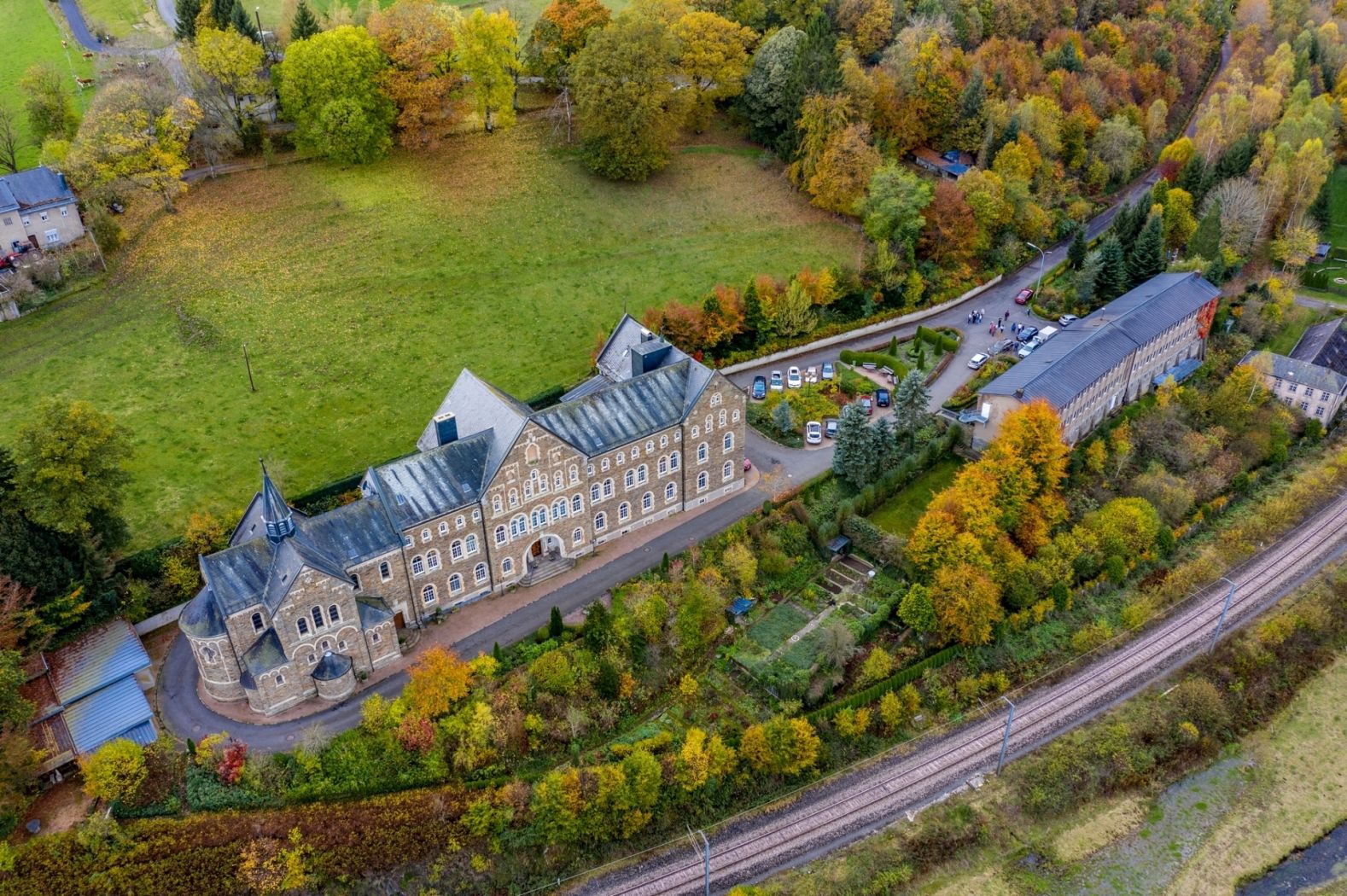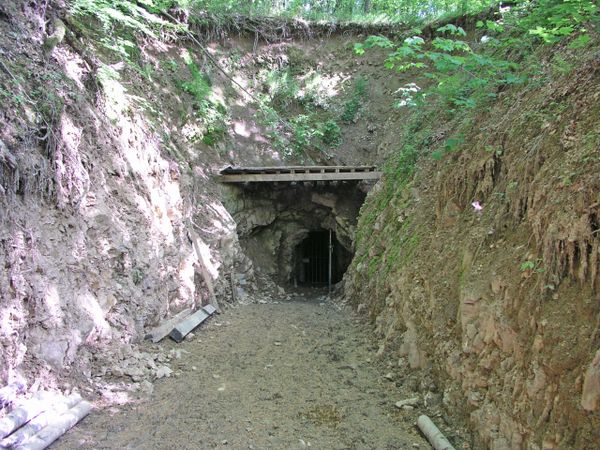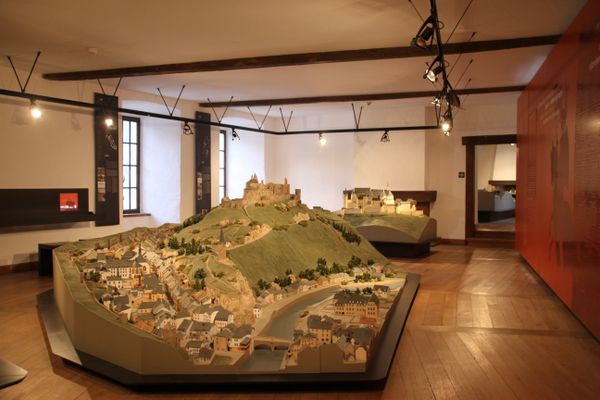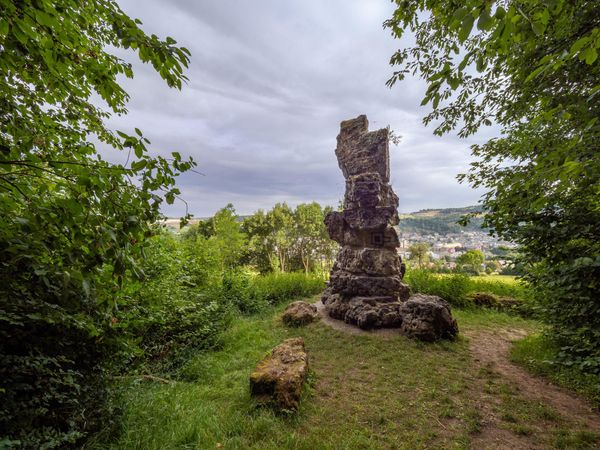

Centre Cinqfontaines
Where? 2, Klousterstrooss, L-9902 Cinqfontaines
The small village of Cinqfontaines (Five Wells), not far from Troisvierges, is home to a former monastery built at the beginning of the 20th century. In 1941 it was confiscated by the Nazis who used it as a place of internment for Jews from Luxembourg.
Between 1904 and 1907, the Congregation of the Sacred Heart had a monastery built in Cinqfontaines/Fünfbrunnen by the German architect Klomp from Dortmund.
In March 1941, the Nazis confiscated all the monasteries in Luxembourg, including the Cinqfontaines monastery. More and more Jews from all over the country were housed there, so that the monastery quickly became too small. The plan to build wooden barracks could not be realised. Thus the living conditions for the mostly old and sick inmates became very difficult, especially as the food rations were reduced by the Nazis. From 1941 to 1943, the Jews of Cinqfontaines were deported to the ghettos and extermination camps of Eastern Europe. The monastery was located near a railway line, which allowed the secret deportation of the Jews. Some 300 Jews passed through Cinqfontaines, about 16 of them died.
In 1944, the American military converted the monastery into a field hospital. In 1969, a memorial monument was dedicated. In 1973 it became a retreat and reflection centre.
After the end of the war, the priests returned to Cinqfontaines. From the 1950s, holiday camps were organised on the site. Following an agreement with the Jewish community of Luxembourg, the Cinqfontaines monastery was acquired by the state in 2020 to build a memorial and educational centre there.
In 2021, the last priests left the monastery, and since 2022, the National Youth Service and the Centre for Political Education have been offering educational activities on the topics of remembering the victims of the Holocaust, raising awareness against anti-Semitism and racism and ""promoting democracy and human rights. The centre itself cannot be visited and is reserved exclusively for educational activities. However, there is a memorial in front of the building that is freely accessible.
Opening hours











